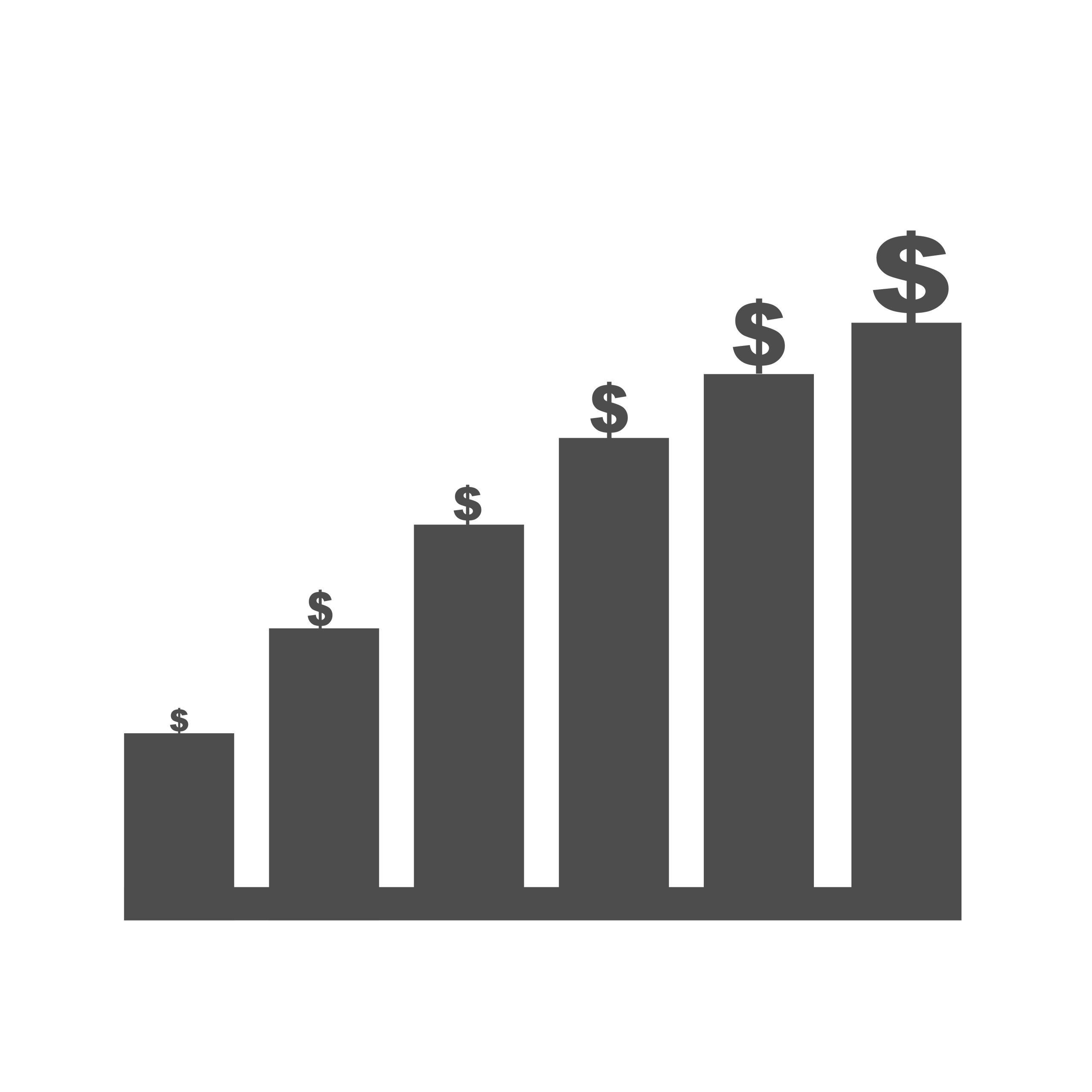As proxy season comes to a close each year, compensation specialists face the tall task of compiling significant amounts of newly reported executive compensation data as a benchmark to establish pay packages for their executives. This is not a simple task. Compensation committees, human resources analysts, general counsels, corporate secretaries and consultants must come together to assume the responsibility to formulate a pay scale that motivates and retains executives while creating shareholder value and return.
This process requires both objective data and strategic analysis, and oftentimes, companies may choose to rely on compensation surveys in addition to publicly reported data on the top five paid employees from proxy statements for a better understanding of trends and practices throughout their particular industries.
An executive compensation survey is a collection of data submitted by companies on key executive officers, typically conducted on a yearly basis. Data of this nature is time-sensitive because compensation packages should be reviewed and updated frequently due to changes in the scope of executive roles and responsibilities, changes in the marketplace, and evolving shareholder concerns.
Survey data consists of the pay elements involved in executives’ compensation packages at each participating company, including base salaries, stocks, and performance incentives and bonuses. Surveys are normally conducted by survey vendors, but can also be organized by individual employers themselves. And while some companies may be hesitant to give away private compensation data to a survey, many survey organizers will allow only participating companies to view survey results, providing an added incentive to submit.
Top 5 proxy data is not enough
Among the many uses, surveys can be a critical resource to display executive pay rankings, establish an understanding for compensation paid and depict key pay trends. But the chief value of compensation surveys rests in their ability to help companies understand how their executive pay compares to the market, and more specifically their peers. In many cases, Top 5 proxy data is not sufficient enough for companies to accurately benchmark their executives and may result in a pay bias.
Outside of the Chief Executive Officer and Chief Financial Officer, the highest paid executive positions are often different across companies. Take, for example, a company that recently hired a new Chief Marketing Officer (CMO). If the compensation team responsible for developing the new CMO’s pay package uses only Top 5 proxy data to determine the pay package, then there will be a significantly high probability of that company overpaying market value, as most companies do not include the CMO in Top 5 proxy data. Survey data is crucial in situations like this, as it provides a greater sample size to complement the Top 5 proxy data, yielding a more complete and accurate pay picture.
To address this problem, Equilar each year conducts a Top 25 Survey that highlights the pay trends of participating company’s top 25 paid employees. The survey has collected information on more than 1,700 public and private companies since its inception. One of the benefits of participating in a survey with such a larger sample size is that it compensates for errors that arise in benchmarking solely against Top 5 data. In essence, the survey helps show the complete pay picture, including for those “hard-to-benchmark” positions outside of the Top 5 executives.
CHRO pay
 Analyzing Equilar’s TrueView can better explain this concept. TrueView is a service that blends Top 5 proxy data and Equilar’s Top 25 Survey data for a thorough analysis following SEC disclosure guidelines. For example, the Chief Human Resources Officer (CHRO) position is another hard to benchmark role since it is more often than not outside the top five highest paid executives. Yet, these roles are becoming more prominent in many organizations as corporate culture becomes a higher priority with each passing year.
Analyzing Equilar’s TrueView can better explain this concept. TrueView is a service that blends Top 5 proxy data and Equilar’s Top 25 Survey data for a thorough analysis following SEC disclosure guidelines. For example, the Chief Human Resources Officer (CHRO) position is another hard to benchmark role since it is more often than not outside the top five highest paid executives. Yet, these roles are becoming more prominent in many organizations as corporate culture becomes a higher priority with each passing year.
According to an Equilar report, in 2014, the median total compensation of S&P 500 CHROs in proxy statements was $320,864 greater than the median total compensation of CHROs within this group of companies based on TrueView data. The difference of $320,864 in this study further supports the idea that Top 5 data alone may provide a relatively small sample size for many executive positions, resulting in a significant bias in pay analyses.
The general counsel (GC) position at S&P 500 companies is another example. While far more GC executives appear in proxy data than chief human resources officers — about 80% of the sample in Equilar’s annual GC pay study were in the Top 5 — the pay difference shows why companies often use supplemental data beyond what’s in public filings. According to Equilar data, GCs that were among the top five highest-paid executives at S&P 500 companies earned a median $2.2 million in 2014, compared to $2.0 million for those in the Top 25 Survey. Less of a contrast than the CHROs, a $200,000 difference is still significant.
The use of the objective data that comes from compensation surveys can be crucial for executive benchmarking purposes. By mitigating potential pay biases, compensation plan designers have a better sense of appropriate pay levels that can ensure executive motivation and retention while meeting the demands and expectations of shareholders.
